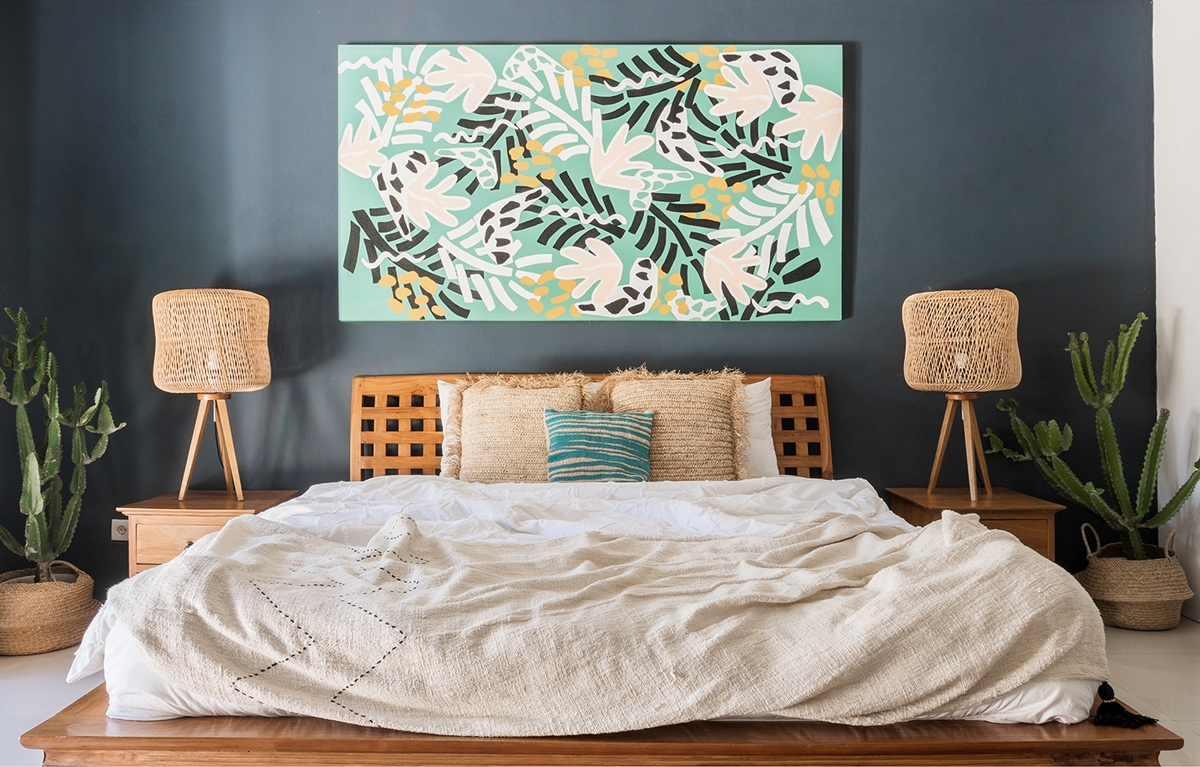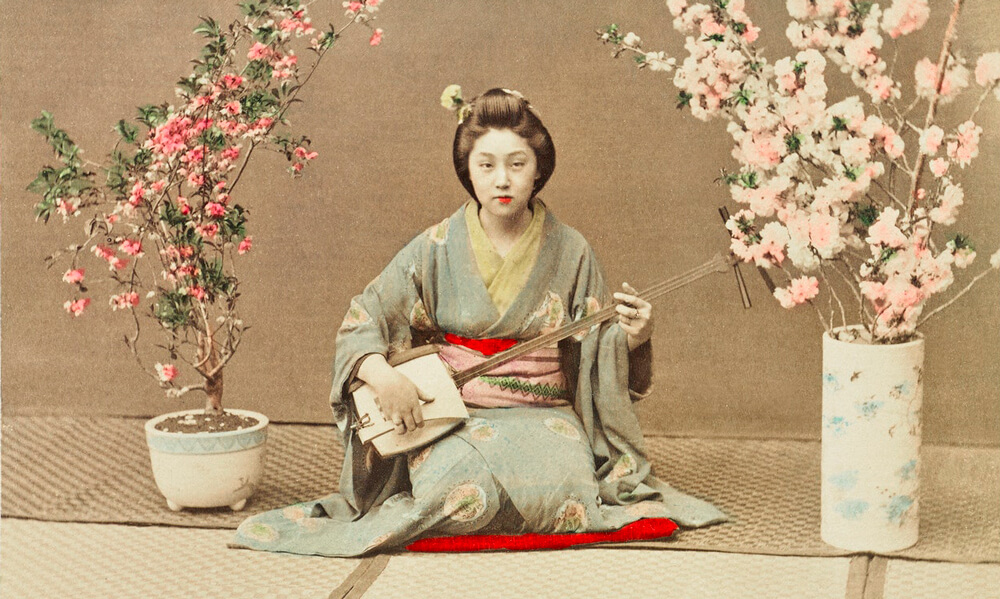The Beginner’s Guide to Buying Art: 10 Expert Art Collecting Tips

You don't have to have an art degree or a pile of money to collect fine art. Purchasing art at an estate sale is a great way to build your personal collection and find unique hidden gems.
Follow these ten tips for appraising art at estate sales from our resident art expert, and you'll be well on your way to having a home full of eye-catching artwork! Find an estate sale near you or read on below to get started on your hunt.
Purchasing Art at Estate Sales
Buying art to start your collection can be tough if you don’t know what to look for. You’ll encounter a wide variety of estate sale art on your adventures, but what pieces should you bring home? Here are some of our tips and guidelines on what to look for when buying art.
1. Surround yourself with what you love.
Art is subjective and very personal. If you're really moved by a work of art, you'll never regret buying it. Even if your tastes change over the years, you will value every bit of time spent admiring the pieces you’ve loved.
2. Buy local.
Invest in your community. By supporting local artists, students, and craftspeople, you're supporting your local economy. Plus, those standout pieces of original art by lesser-known or emerging artists just might fetch a pretty penny someday! Blue Moon's estate sale listings can help you figure out how to find estate sales with art collections in your local community.
3. Shop secondhand.
You don’t have to be a millionaire or visit fancy galleries to start an impressive art collection. Keep an eye out while you're estate sale shopping, and you're likely to come across everything from 18th-century sculptures to contemporary paintings. At Blue Moon, we’ve been known to sell loads of original artwork, including pieces by big-name artists. You never know when you'll come across a signed Salvador Dali etching or a colorful Alexander Calder lithograph!
4. Develop an eye for appraisal.
How can you get the most out of your money when shopping for vintage art? It may surprise you to learn that you don't need the expertise of pro art dealers to determine the value of a piece. The first step in evaluating a work of art is finding the artist name and time period of creation. Look for a signature somewhere on the piece (signatures can always be forged, but it's a good place to start.) Next, look up the name online to find out more. When looking at prints, look for numbered limited edition and/or hand-signed works, as they will be more valuable.

5. Trust your gut, and think fast.
The best time to purchase a piece of art is when you see it, especially when you shop estate sales. Many pieces are one-of-a-kind so there's no replacement, and there's no better time than now. (Trust us: the one that got away will haunt you forever.)
6. Open your mind.
The art world is huge, with styles to suit any taste or interior design aesthetic. Fine art is so much more than Classical oil paintings by old European guys in berets. There are so many mediums out there that have been mastered by artists all over the world. Keep an eye out for handcrafted pottery, folk art, drawings, carvings, sculptures, mixed media works, glassware, prints, beadwork, photographs, mosaics, textiles, design objects, illustrations, and even conceptual pieces.
7. Look for fine art prints.
Not every print is a cheap, mechanical reproduction of a grander work. In fact, many contemporary art prints are made with the sole purpose of being prints. Printmaking is an art in and of itself, and a lot of technique, skill, and creativity goes into it. When perusing prints, look for limited edition and/or hand-signed works, as they’re more exclusive.
8. See beyond the packaging.
Great art isn't always displayed in the best way. Sometimes, it's difficult to see a piece's true market value beyond its ugly, outdated, or busted frame. If you're drawn to a piece, take a moment to imagine it outside of its current environment. With a keen eye, you’ll be able to nab those diamonds in the rough.
![]()
9. Take care of the art you collect.
Improper lighting, matting, framing, storage, and even air quality can lead to serious deterioration and damage over time. Do a little research, and take your pieces to a trusted professional for appropriate display advice. If you protect your investments, they'll bring joy for years to come.
10. Don’t stress.
Art buying should be fun, not stressful! Art is for everyone, and the pieces you surround yourself with should always reflect your own interests and taste. Buying art at estate sales can be a delightful way to unwind.
Embrace the Art World and Explore A Local Estate Sale!
Estate sales can help you find gorgeous antiques, furniture, and artworks with a rich history to uncover—all at a great price!
We hope you’ve found value in our guide to estate sales and art purchases. To find the best sellers in your area, use Blue Moon's handy estate sale directory.
